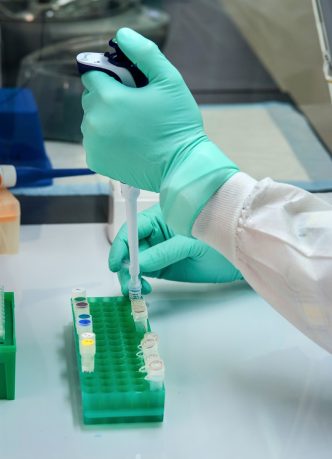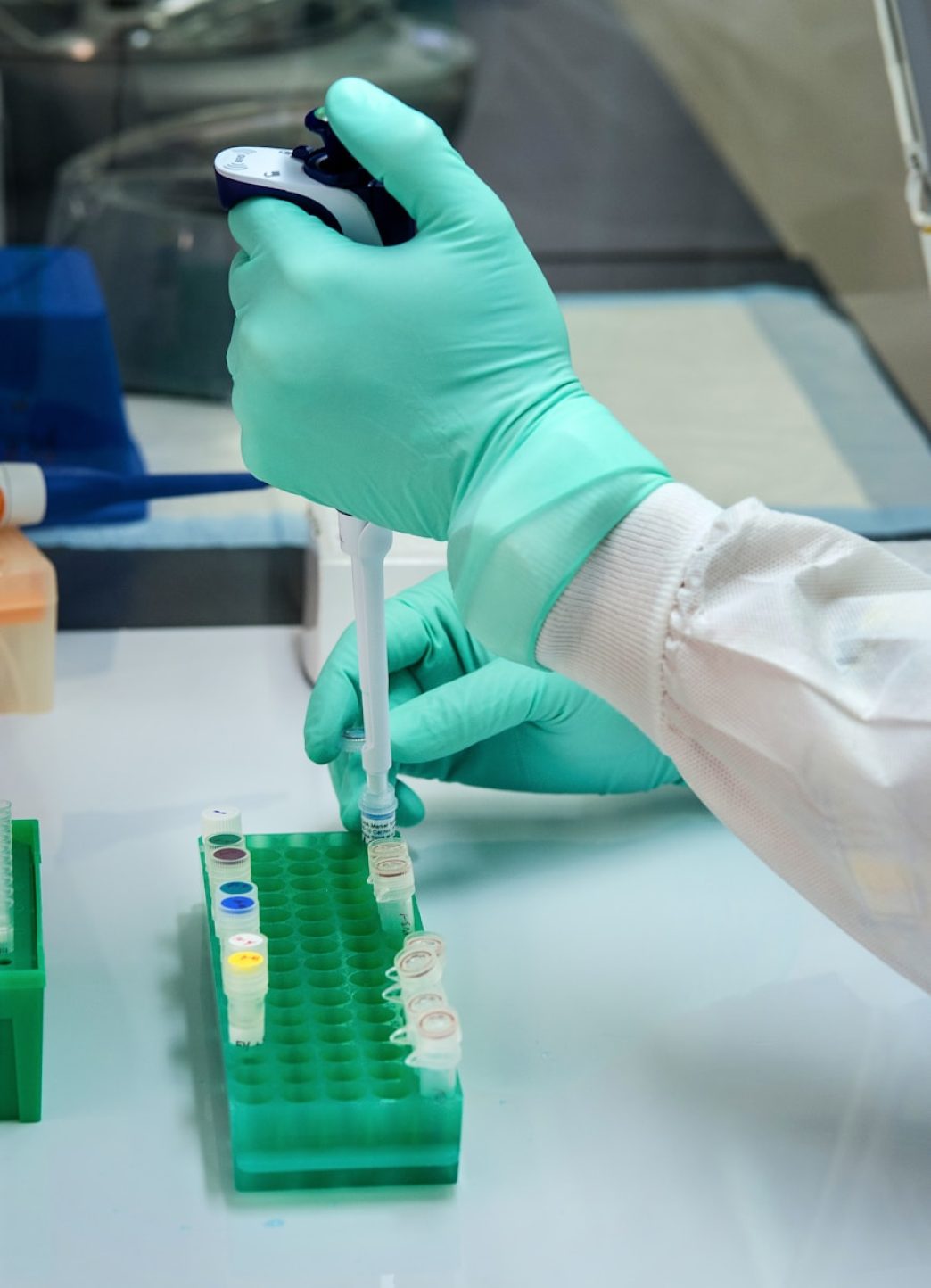When it comes to maintaining a drug-free workplace, drug testing is an important tool. One drug of concern is ketamine, which can impair judgment and performance. Ketamine drug test kits can effectively detect its presence, helping uphold safety standards. Employers seeking to address ketamine use should consider using test kits designed to detect this substance accurately.
Different drug tests can reveal ketamine use over varying timeframes. For instance, some tests might detect it long after use, providing a comprehensive view of an individual’s history. If you are looking for effective options, consider exploring available ketamine drug test kits that offer accurate and timely results.
Addressing drug use within the workplace involves multiple strategies, but reliable testing forms a necessary part. You can click here for ketamine drug test kits that provide you with the ability to maintain a safer working environment. Choosing the right testing approach will play a key role in managing both current and potential substance-related issues at work.
Efficacy of Ketamine Detection
When using drug test kits to detect ketamine, it’s important to understand the sensitivity and specificity of the tests, as well as the detection window and cut-off levels. These factors significantly impact the accuracy and timing of ketamine detection in workplace settings.
Sensitivity and Specificity
Sensitivity refers to how well a test can identify people who have used ketamine. Higher sensitivity means the test is more likely to detect ketamine use when it is present. Specificity, on the other hand, measures the test’s ability to rule out non-users. A high specificity reduces the risk of false positives, guaranteeing that individuals who have not used ketamine are not mistakenly identified as users.
In workplace settings, balancing sensitivity and specificity is necessary. Tests with high sensitivity may detect even small amounts of ketamine use. However, if a test has low specificity, there could be false positives, which may impact the fairness of the testing process. Guaranteeing both high sensitivity and specificity helps maintain accurate results and fair workplace practices.
Detection Window and Cut-off Levels
The detection window refers to the time period after ketamine use during which the drug can be detected. Ketamine is typically detectable in urine for up to 14 days, though this can vary depending on usage levels and individual metabolism. Test types and detection windows vary, so choosing the right one for your workplace needs is necessary.
Cut-off levels are the thresholds that distinguish a positive result from a negative one. Setting appropriate cut-off levels can help reduce false positives and false negatives. Being informed about detection windows and cut-off levels allows you to select a testing approach that aligns with your workplace’s accuracy requirements. Making informed decisions about these factors can significantly impact the effectiveness of your ketamine drug testing strategy.
Implementation in the Workplace
Using ketamine drug test kits in the workplace requires careful planning. Employers need to focus on creating clear policies, offering proper training, and respecting employee privacy. Balancing these elements is key for effective use and acceptance by employees.
Policy Framework and Legal Considerations
Creating a policy framework is important when introducing ketamine drug test kits. Your policy should outline the reasons for testing, describe when tests will occur, and explain the consequences of positive results.
Legal considerations include getting informed consent from employees before conducting tests. In the UK, employers must comply with regulations that permit workplace drug testing. It’s useful to consult legal experts to align your policy with current laws and protect employees’ rights.
Training and Resource Requirements
Before implementing ketamine testing, training is necessary for staff involved in the process. Training should cover how to administer tests properly and how to handle samples. Well-trained personnel help minimise errors.
It’s also important to invest in proper equipment and storage facilities for test kits. Have a budget to cover these initial costs. Providing resources like detailed instruction manuals can help personnel ease the testing process.
Employee Privacy and Ethical Implications
Respecting employee privacy is important in the workplace. It’s important to store test results and restrict access to authorised personnel securely. Clear protocols for maintaining confidentiality should be part of your policy.
Ethical implications should be addressed by guaranteeing employees are informed about the testing process. Discussing the purpose and potential outcomes of testing aligns with ethical practices. This transparency can increase trust and acceptance among employees.
Conclusion
Ketamine drug test kits can be a useful tool in the workplace. They help identify individuals who may have used ketamine recently, thus promoting a safer environment. These tests are available in several forms, including urine, saliva, and hair tests.
Types of Tests:
- Urine Tests: Detect ketamine use within 14-30 days.
- Saliva Tests: Useful for detecting recent use, typically within 24-48 hours.
- Hair Tests: Can identify use over a longer period, up to 90 days.
Choosing the right type of test depends on your specific needs. For quick, on-site testing, saliva tests might be ideal. If you’re looking for a longer detection period, consider hair tests.
Using these tests effectively requires understanding the window of detection for each method. By doing so, you can make informed decisions about which test suits your workplace requirements.









